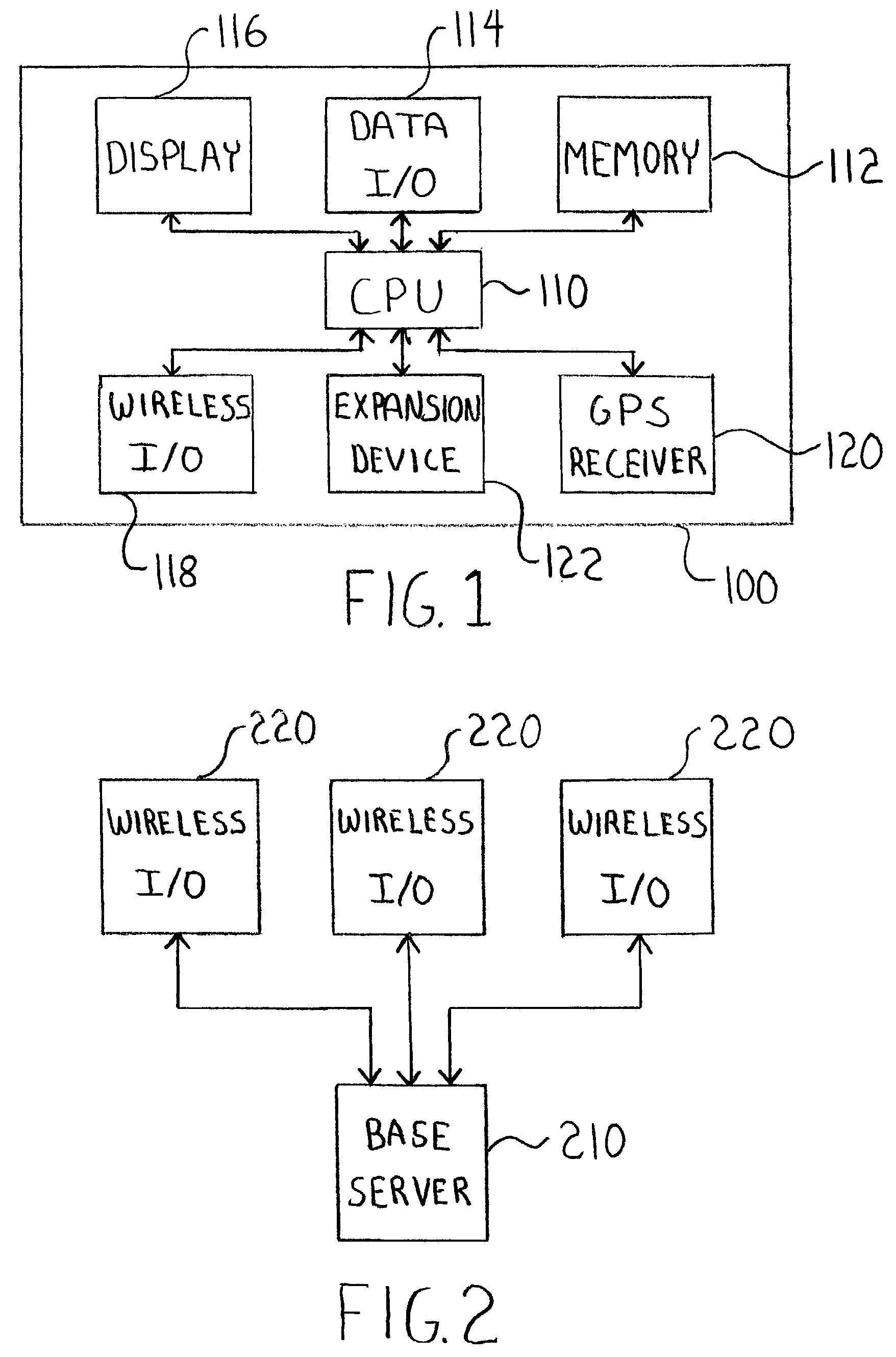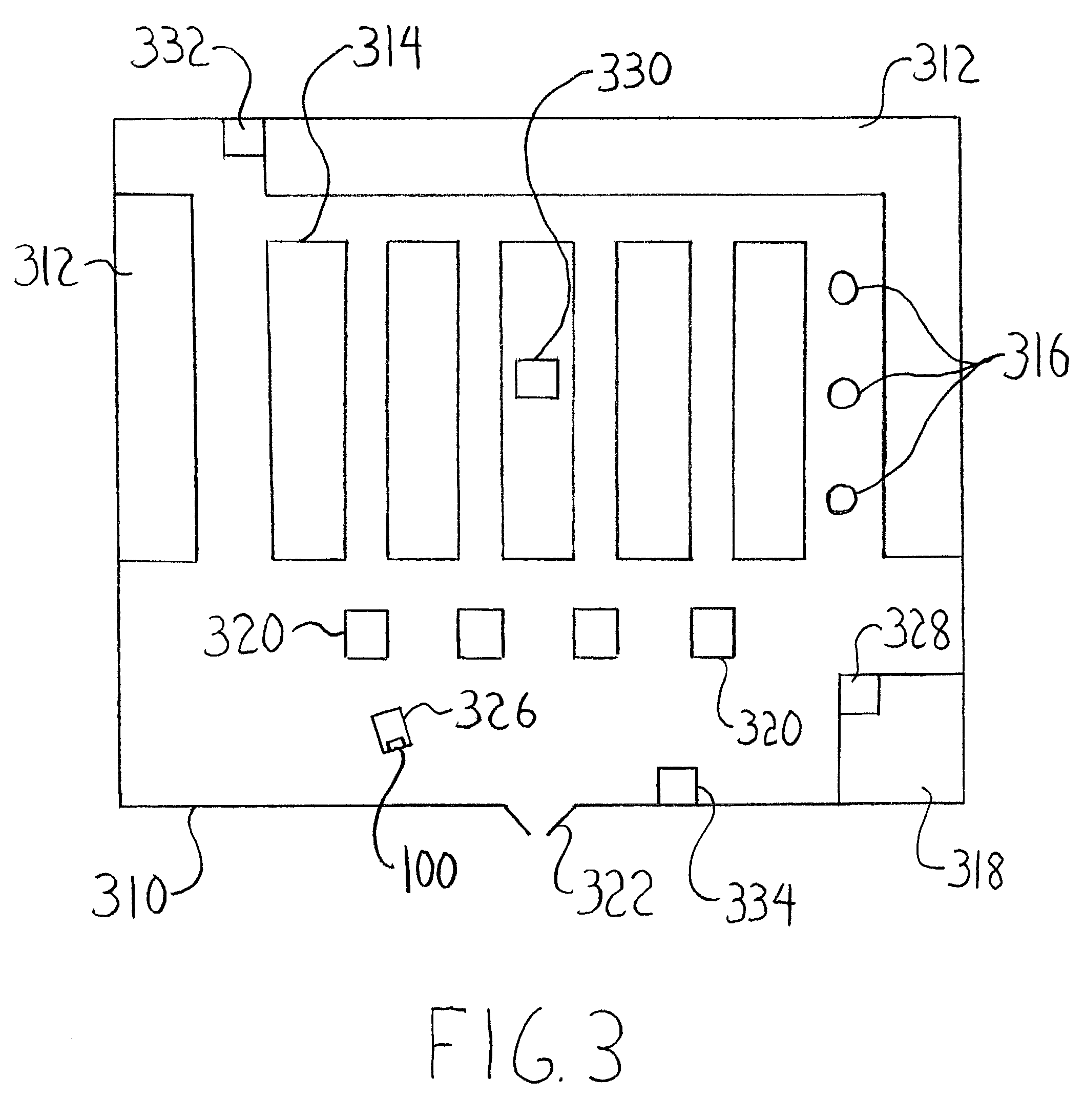List-based selection system and methods for using same
a list and selection system technology, applied in the field of list-based selection system and methods for using same, can solve the problems of limited mobile device use of mini applications, rare use of do list and other list functions, and inability to perform interactive functions on lists
- Summary
- Abstract
- Description
- Claims
- Application Information
AI Technical Summary
Benefits of technology
Problems solved by technology
Method used
Image
Examples
Embodiment Construction
[0024]The present invention is related to a selection system, and more particularly to a system that enables users to create an interactive list of items to select or locate within a store or geographic area, provides users with cues as to the location of such items within the store or area, progresses through the interactive list as such items are located, and provides information about, discounts on or alternatives to such items. The selection system can also market information to the user based on the interactive list of items and / or the user's proximity to an area or product.
[0025]The interactive list is created and displayed on a portable computing device (“PCD”), such as a portable digital assistant or similar device. The PCD is an important component of the selection system of the present invention, although the type of device utilized is not significant. A smart phone that complies with the GSM (Global System for Mobile communications) is one example of the type of PCD that ...
PUM
 Login to View More
Login to View More Abstract
Description
Claims
Application Information
 Login to View More
Login to View More - R&D
- Intellectual Property
- Life Sciences
- Materials
- Tech Scout
- Unparalleled Data Quality
- Higher Quality Content
- 60% Fewer Hallucinations
Browse by: Latest US Patents, China's latest patents, Technical Efficacy Thesaurus, Application Domain, Technology Topic, Popular Technical Reports.
© 2025 PatSnap. All rights reserved.Legal|Privacy policy|Modern Slavery Act Transparency Statement|Sitemap|About US| Contact US: help@patsnap.com



